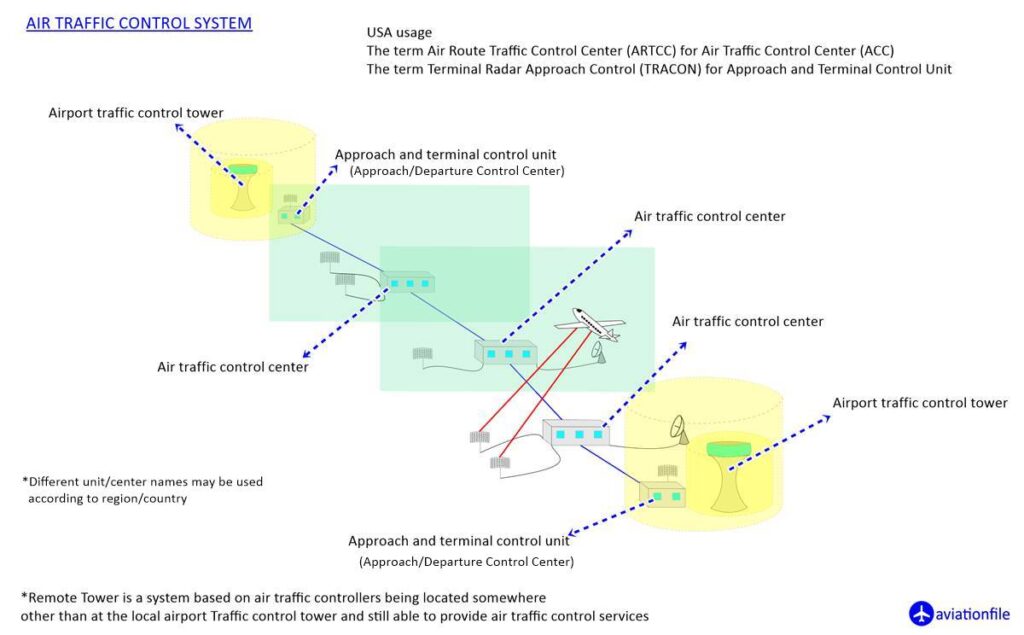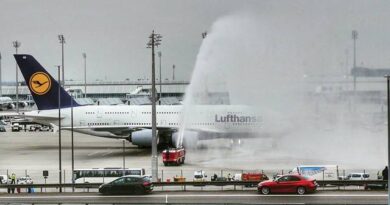What is Air Traffic Flow and Capacity Management – ATFCM?
Air Traffic Flow and Capacity Management (ATFCM) is a service that is complementary to Air Traffic Control (ATC) and is designed to optimize traffic flows according to air traffic control capacity while enabling airlines to operate safe and efficient flights.
ATFCM is a collaborative process that involves airlines, airports, and air navigation service providers (ANSPs). It is used to manage air traffic demand when it is expected to exceed the available capacity of the ATC system. This can be due to a variety of factors, such as bad weather, special events, or airspace closures.

ATFCM uses a variety of tools and techniques to manage traffic flow, including:
- Slot allocation: Airlines are allocated slots, or specific times, to take off and land at airports. This helps to ensure that the number of aircraft in the air at any given time does not exceed the capacity of the ATC system.
- Flow restrictions: ATFCM can implement flow restrictions, such as ground stops or airborne delays, to reduce the amount of traffic in a particular area. This can be done to avoid congestion or to allow maintenance to be carried out on airspace or ATC systems.
- Route re-planning: ATFCM can work with airlines to re-plan routes to avoid congested areas or to take advantage of more efficient routings.
ATFCM is a complex and challenging task, but it is essential for ensuring the safe and efficient operation of the global air traffic system.
In addition to the above, ATFCM also has the following objectives:
- Enhanced ATM system safety
- Reduced delays and cancellations
- Improved fuel efficiency
- Increased airspace capacity
- Reduced environmental impact
ATFCM is a critical part of the air traffic management system. It plays a vital role in keeping the skies safe and efficient.
References and Further Reading:
- https://www.eurocontrol.int/publication/atfcm-operations-manual
- ICAO, Air Traffic Flow and Capacity Management Manual, 2020.
- Eurocontrol, ATFCM Operations Manual, 2023.
- FAA, Air Traffic Flow and Capacity Management Handbook, 2022.
- IATA, Air Traffic Flow and Capacity Management Guide, 2020.



